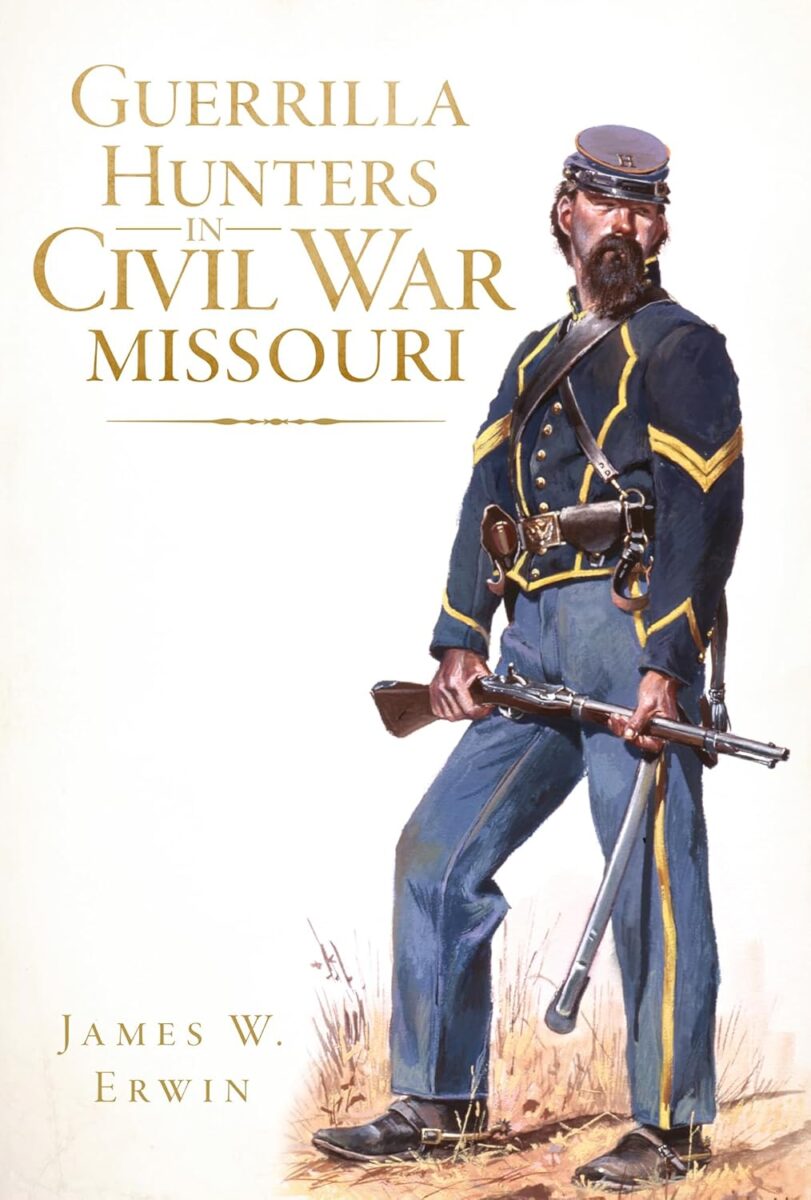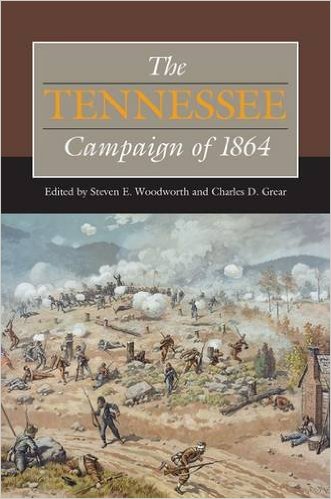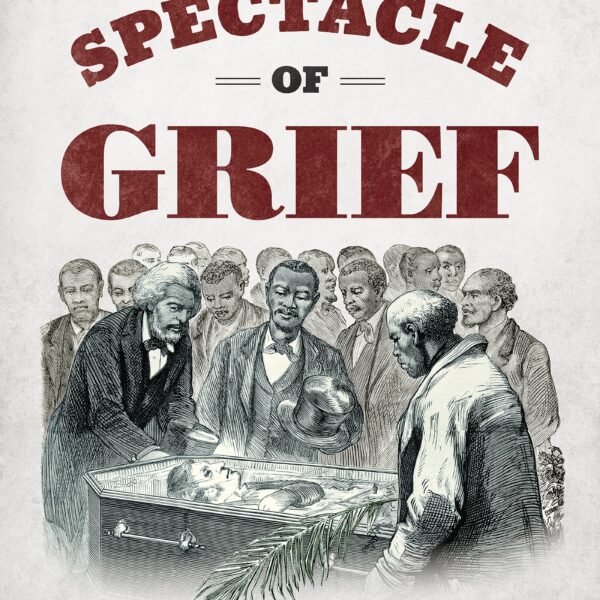Although historians once dismissed Missouri as the “sideshow” of the Civil War, it has since become notorious as the scene of a long, brutal, and divisive guerrilla war. In fact, the state’s guerrilla activity now draws so much attention that it seems the violence must have gone unchecked entirely. However, James Erwin’s Guerrilla Hunters in Civil War Missouri introduces a number of militia units, almost entirely overlooked by historians and Civil War enthusiasts alike, who helped defend Missourians against guerrilla attacks. While the experience of these obscure militia units might seem unimportant to all except the most meticulous scholars of the Border War, Erwin demonstrates that they actually played a vital role in restoring law and order.
Erwin begins by describing the unique nature of the Civil War in Missouri, where bands of guerrillas, aided and abetted by the civilian population, wrought havoc throughout the state. Desperate to control guerrilla violence, the provisional state government sought the help of the Lincoln administration to form the Missouri State Militia (MSM). The federal government agreed to subsidize and supply the militia with the understanding that it would remain within the state and eliminate the guerrilla threat. An additional force, the Enrolled Missouri Militia (EMM), bolstered the ranks of the MSM. Interestingly, Erwin points out that the state of Missouri raised the EMM through conscription. Mustered in nearly a year before the first federal conscription act, Erwin believes the EMM may have been the first conscripted Union unit of the war (80). Unlike the MSM, however, the state of Missouri held sole responsibility for outfitting the EMM. As a result, it was notoriously poorly provisioned and badly disciplined, operating more like the “minutemen” of the American Revolution than a formal military unit. Eager to maintain a professional standing militia, the state then organized the best of the EMM into the more elite Provisional Enrolled Missouri Militia. All told, Erwin writes, 14,265 men served in the MSM and as many as 52,000 in the EMM (127).
According to Erwin, the experience of these militia units varied depending on their area of operation within the state. While they all saw action, those serving in northwestern Missouri faced an almost continual threat from both local guerrillas and Kansas “jayhawkers.” Just like their Southern-sympathizing enemies, jayhawkers murdered and plundered the civilian population of the state, rarely bothering to draw distinctions between the lives and property of Confederate and Unionist Missourians. In response to persistent jayhawker raids, Erwin says, the provisional state government formed the Paw-Paw Militia—an utterly unique force recruited from the ranks of paroled Confederates and others formerly registered by the state as “disloyal.” Despite their record of “treasonous” past conduct, the state armed and equipped these men and entrusted them to fight the Kansans. The creation of the Paw-Paw Militia drew national censure, however, especially when one regiment defected to the Confederacy. Nevertheless, it was a bold experiment and speaks to the government’s desperation to end the widespread violence in the state.
The brief but compelling story of the Paw-Paw Militia alone makes Guerrilla Hunters in Civil War Missouri a worthwhile read, but it is more than an obscure regimental history. This compact though informative volume also serves as a succinct history of Missouri’s convoluted path to the Civil War. From the Missouri Compromise to the Dred Scott decision to the infamous “iron-clad oath,” Missouri’s Civil War history can be hard to follow; Erwin does an excellent job making essential background material accessible. And, although Erwin’s research seems to be largely drawn from secondary sources, he provides an extensive bibliography and is clearly familiar with his sources. Erwin also includes excellent illustrations—particularly maps—which add further interest and clarification to his narrative.
While the exploits of Missouri’s guerrillas have colored its Civil War history, Erwin reminds readers how eagerly Missourians sought an end to the horrific guerrilla war that ravaged their state. Not just the “bushwhackers” and “ruffians” of popular lore, Missourians demonstrated a tremendous commitment to the cause of law and order by organizing state militias and dedicating the lives of thousands of men to its preservation. Ultimately, Guerrilla Hunters in Civil War Missouri draws attention to this often overlooked aspect of Missouri’s Civil War experience, making it a valuable read not only for Civil War enthusiasts, but for professional scholars as well.
Amy L. Fluker is a Ph.D. Candidate in History at the University of Mississippi.





